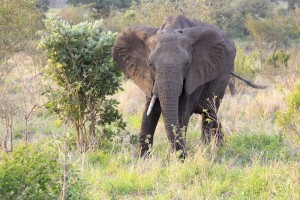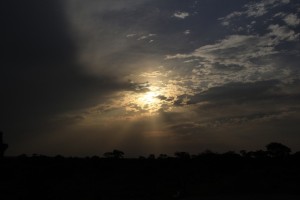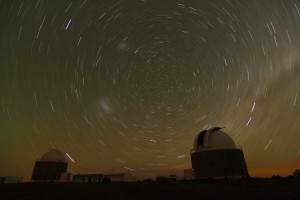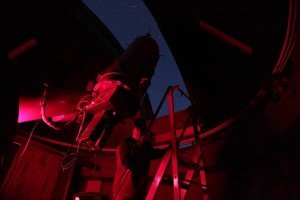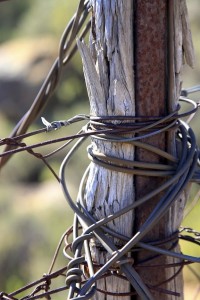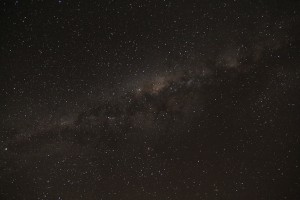St. James Tide Pool
 A day of good intentions started at 7 AM. After five days of editing the LIGO film, hour after hour sitting on my back side, it seems a day of simply re-organising, of catching up was in order. I sorted hundreds of photos and some documents, conducted a full computer backup (minor backups conducted every Friday evening), and then ventured to the St. James Bay tide pool.
A day of good intentions started at 7 AM. After five days of editing the LIGO film, hour after hour sitting on my back side, it seems a day of simply re-organising, of catching up was in order. I sorted hundreds of photos and some documents, conducted a full computer backup (minor backups conducted every Friday evening), and then ventured to the St. James Bay tide pool.
One of the perks of living here is a two minutes walk to the waves, surf board under arm. But on those days which are overcome by wind (November through January), the St. James Bay tide pool offers a respit, warm(er) water, and the company of hundreds of families from across this part of Cape Town.
After lunch, I walked the fifteen minutes to the tide pool for a swim. I asked a local stranger to watch my bag which contained only my shoes, towel, and shirt. It is simply too easy for things to be stolen here.
I swam across the pool and pulled myself up onto the wall. I sat next to a man who introduced himself, our backs to the ocean and feet dangling in the protected water. At just one and a half meters deep, I was astounded by the dives the local kids were performing. I would have cracked my head open if I were to have attempted these–but they have a trick, a kind of ‘spring’ in their upper body which releases when they hit the water. No matter how high they jump or how far they twist, roll, and dive, they enter the water nearly flat, compressed, and then open on impact. This keeps them from hitting bottom. The guy who was watching my bag promised to teach me when I returned.
One of my classmates from Madagascar swam up while we were talking. I had seen her coming, but did not recognise her with only her backside to the sky. I joked, “Not to hard to find the white guy in this crowd, huh?” She laughed. The man to my right noted, “It’s funny, eh, how each beach, each place has a majority. This is where the coloured and some blacks go. But just over there, at the next bay, the beach is almost all white. And back at Muizenberg, you have your white tourists and a mixture of locals. But it is a good mix, there.”
He was right. It’s strange how that happens. Comfort in the familiar.
We discussed comfort zones, independent of colour. I commented on how much personal space I grew up with, never in a crowd but for certain occassions. He laughed, “In Africa, you are always near someone. You are always in a crowd. If you leave, you miss the energy and want to come back.” The same could be said for all big cities, for Africa has many small towns and villages with open space. Yet here, people are more … visible, not indoors nearly as much. I told him about the fist time I returned from Kenya to Colorado. I felt I had come upon the scene of a nuclear holocaust sci-fi, everyone hiding or obliterated.
Indeed, there were hundreds of individuals, yet there were maybe a handful of whites, only two of us in the water. It’s part of what I love about living here. My comforts have changed considerably, what I find normal was, perhaps, even uncomfortable at one time.
Yet yesterday was the opposite, for among the thousands who attended the “Hot Water” concert (which was astounding), the number of black people could be counted on two hands.
Time to edit, edit, edit … LIGO awaits.







